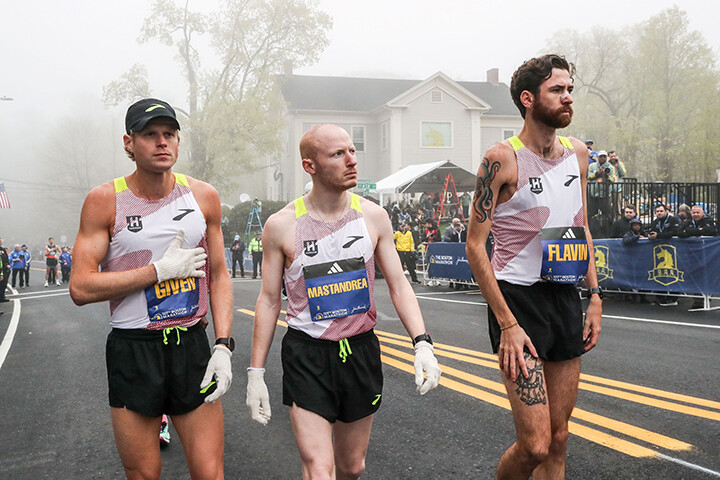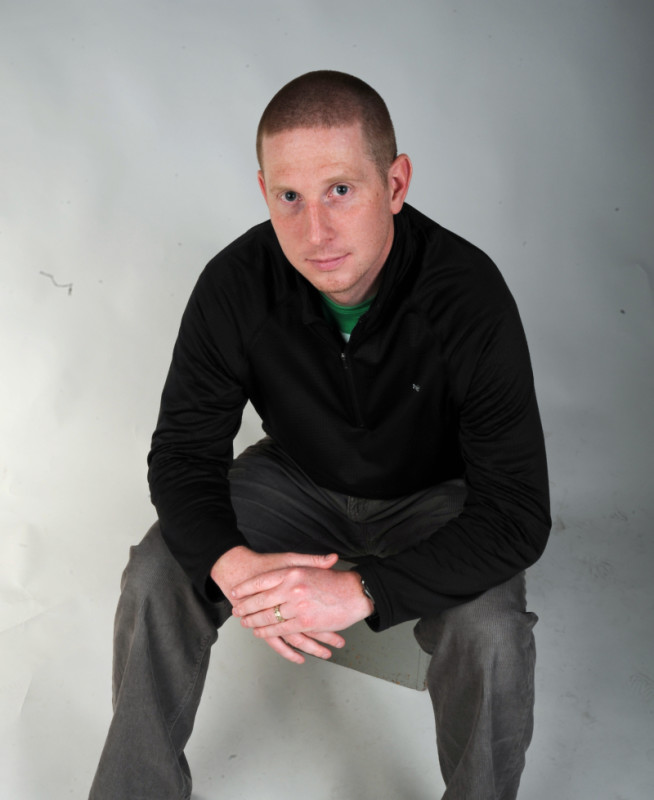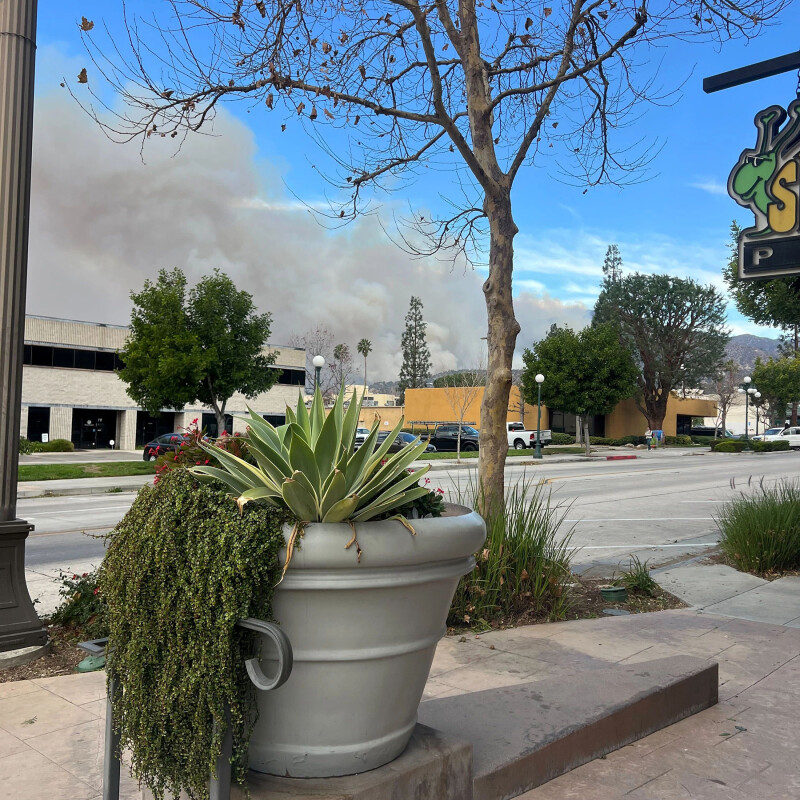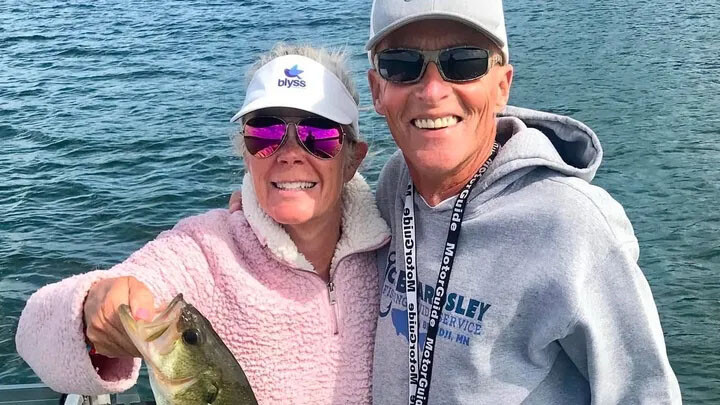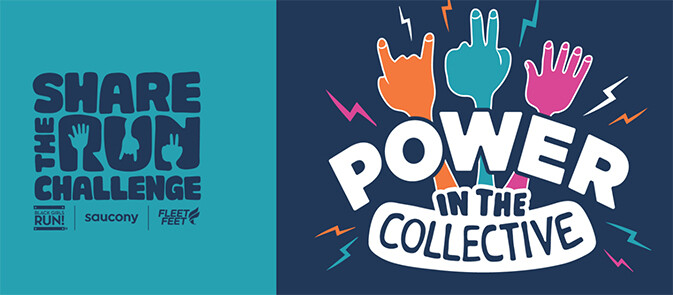Twenty-five years ago, Kevin and Keith Hanson, owners of the Hansons Running Shop chain in suburban Detroit, launched a grand experiment to transform the fortunes of American distance running. At the time, Americans were faltering in major competitions.
The U.S. men, once well positioned for 5k, 10k and marathon medals at the Olympics, had earned but a single podium finish in distance running since 1976 (Brian Diemer’s steeplechase bronze in 1984).
At the New York City Marathon, American men captured the event’s first 13 titles, but hadn’t claimed a victory since 1982 (Alberto Salazar). Miki Gorman’s 1977 win, meanwhile, was an American woman’s last marathon conquest in the Big Apple.
It wasn’t much better at the Boston Marathon, where an American woman hadn’t won since 1985 (Lisa Larsen-Weidenbach) and an American man last triumphed on Boylston Street in 1983 (Greg Meyer).
The Hanson brothers concocted an enterprising – and expensive – antidote to those pride-deflating woes: Wrap a community of runners in support, including coaching and free housing, and let them bake – together.
Today, 25 years after the launch of their grand experiment, the Hansons-Brooks Distance Project stands a full-fledged success that has sparked a resurgence in American distance running and ushered in a new era of team training.
The ‘Original’ Distance Project
For years, the Hanson brothers, who opened their first retail shop in 1991, had bantered about starting a post-collegiate team. Having lived through the 1970s and 1980s, they remembered clubs like Athletics West and the Florida Track Club fueling American distance running. They lamented the disappearance of such clubs, which they viewed as a powerful force to athlete development.
“Team training helps propel individual success,” charges Kevin Hanson, a decorated coach at the high school and junior college levels.
Throughout the 1990s, though, shoe companies largely cherrypicked the most accomplished athletes and signed them to sponsorship deals that provided a definite financial boost, but not necessarily the comprehensive support many needed to thrive. Meanwhile, other promising athletes were left to fend for themselves and balance training and life demands after graduation.
“There wasn’t a support system for athletes when they left college,” Kevin Hanson says. “Many were trying to win prize money at 5Ks to cover rent.”
The Hansons, who operated three running stores at the time, wanted to change things and offer an old alternative in a new way. Their plan was to remove many of the frequent barriers to athlete development and create a supportive and lively team training environment to help American distance runners reach their potential.
“If we could afford to do something, then we wanted to do something,” Keith Hanson says. “Athletes deserved an opportunity to find out what they could be.”
The Hansons committed to covering travel and equipment as well as housing, a significant feat they accomplished by purchasing a four-bedroom home in Rochester Hills, MI, for $175,000. They also rallied support from local service providers – a chiropractor, orthopaedist and massage therapist among them – and offered the team’s athletes the opportunity to work at the Hansons retail shops, a part-time job affording them income and, even more, the flexibility to pursue training in earnest.
“We were confident we had the resources to make this all happen, but we also knew we had to prove ourselves,” says Keith Hanson, who enjoyed an accomplished collegiate running career at Michigan State.
Earning attention
Almost immediately, the Hansons achieved proof of concept.
At the 2000 Olympic Trials, Jurcevich, who had placed fifth in the 10K at the 1999 NCAA Outdoor Championships, finished sixth in the Trials 10K on the track. In the marathon, Verran entered the race seeded 69th and finished 11th.
Things only snowballed from there. The brothers fielded mounting inquiries from athletes looking for support, purchased a second home and welcomed new team members. Hansons claimed the team title at the U.S. cross-country championships and individuals earned spots in the Pan American Games and the World Track and Field Championships.
In 2003, the Wall Street Journal published a 1209-word story on the Hansons and their spirited adventure to resuscitate U.S. distance running under the headline “These Marathon Men Are Tired of Jogging Down Memory Lane – Their Aim: Revive Glory Days of U.S. Distance Running on a Shoestring Budget.”
Journal reporter Stefan Fatsis detailed the Hansons’ ambitious grassroots effort, early successes and growth-minded culture, writing: “The Hansons have built a community that is part fraternity house, part boot camp, part commune.”
The Journal article attracted the attention of the “money people” at shoe companies, Kevin Hanson says. Until that point, the Hansons’ discussions with brand leaders about sponsorship were largely limited to free equipment, which was a nominal expense for the Hansons given their daily existence as running retailers. The brothers evaluated their options and signed with Brooks, a languishing company going through a turnaround under the direction of CEO Jim Weber.
“Brooks was fifth in market share at the time, but the atmosphere of the company was so welcoming,” Kevin Hanson recalls. “Above all, though, we were betting on Jim Weber and his ability to make things happen and that bet’s been validated 50 times over.”
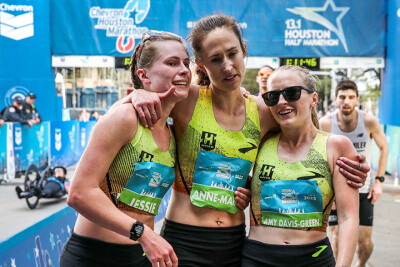
Picking up the pace
Support from Brooks enabled the Hansons to purchase a third house and expand the team to women. From there, Hansons’ momentum only accelerated.
In 2004, Hansons’ athletes Trent Briney and Verran finished fourth and fifth, respectively, at the Olympic Marathon Trials. Teammate Brian Sell, meanwhile, led the race for 21 miles donning a Hansons singlet en route to his 11th place finish. With three finishers in the top 11, Hansons team training methods gained added attention.
At the 2006 Boston Marathon, a race many U.S. elites ducked for its historically slow course, Hansons placed six men in the top 21.
At the 2008 Olympic Marathon Trials in New York City on November 3, 2007, Sell ran a brilliant tactical race and captured a spot on the U.S. Olympic Team with his third-place finish. The Hansons now had the halo of the Olympics hovering over their program.
“We felt like this was the ultimate validation of what we were doing with our group training and coaching,” Kevin Hanson says of Sell’s memorable run.
In 2011, Des Linden, arguably the Hansons’ biggest star to date, placed second at the Boston Marathon before making the U.S. Olympic Team in 2012. Four years later, she made a second Olympic Team. In 2018, she won Boston.
Hansons was no longer the little club that could. It had arrived and proven its mettle with athletes making Olympic teams, world championship teams and placing at major marathons.
It was also leading a team-training revolution, inspiring other team-based training groups, many of them led by former Hansons team members. Current coaches Danny Mackey (Brooks Beasts), Dathan Ritzenhein (On Athletics Club) and Ben Rosario (Hoka Northern Arizona Elite), in fact, were all with the Hansons program at one time or another. Team training is the norm today and its triumphs are many.
“When accomplished runners graduate now, the talk is about what group they’re going to join,” Keith Hanson says. “What a turn from where we were back in 1999.”
Far from done
Over the last quarter century, the Hansons have fielded many inquiries from other running store owners interested in creating a similar program in their market. The brothers gladly have those conversations, but Kevin Hanson says the economics of the endeavor often dulls any legitimate action.
To Kevin Hanson’s point, the squad’s annual budget line for travel alone exceeds $500,000. His wife, an accountant, laughs at any discussion of the team as a profitable venture.
“We’re doing this because we enjoy it and our athletes are doing well while raising the bar in American distance running,” Kevin Hanson says.
Adds his younger brother: “We’ve always understood why we’re doing this and had the wherewithal to stick with it.”
The Hansons squad now features four houses and 21 stipend-earning athletes. The brothers shepherd the team to Florida for winter training stints and traverse the country competing in top races. At the 2024 U.S. Olympic Marathon Trials in Orlando last February, Hansons brought 13 team members to the starting line.
Over the years, the Hansons say they’ve learned the type of athlete best positioned to excel in their program and done a better job identifying and assessing candidates. They’re satisfied with what they’ve accomplished but acknowledge there’s more to do. They see a growing sport, a flourishing prep scene and know many motivated athletes need a supportive environment to chase their dreams.
“We’re never done,” Kevin Hanson says.
